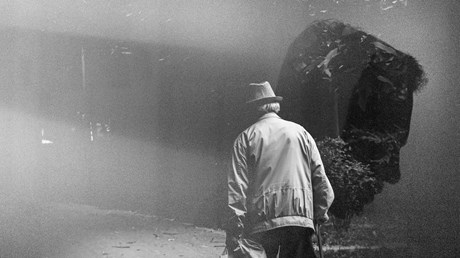Manifesting isn’t the answer. Consenting to holiness is.

Recently, a psychologist at New York University wondered if young adults were not saving money for the future because they felt like they were putting it away for a stranger. So Hal Ersner-Hershfield conducted an experiment, giving some college students a real mirror and others virtual reality goggles where, with the help of special effects like those used in movies, they could see a future version of themselves at age 68 or 70.
Those who saw the older version of themselves in the virtual “mirror” were willing to put more than twice as much money into their retirement accounts as the students who spent time looking at their younger selves in a real mirror. What’s more, those who glimpsed their future selves were more likely to complete their studies on time, whereas those who didn’t were more likely to blow off their studies. Those who saw their future selves were also more likely to act ethically in business scenarios.
Recognizing and investing in our future selves is certainly a fruitful practice. But it remains inadequate for those who believe in Christ.
When our identity is rooted in the knowledge that we are creatures who were made by God in dazzling glory and created with an original core of goodness and beauty, we can live inspired to become the masterpieces God intended. When we catch a vision for who we might become in the future, we can begin to live as that person now.
When we can imagine ourselves in both our temporal future and our eternal future, we can be inspired toward holiness in our day-to-day lives. In his classic sermon “The Weight of Glory,” C. S. Lewis observes, “There are no ordinary people.” He continues, “Remember that the dullest, most uninteresting ...
from Christianity Today Magazine
Umn ministry




.gif)

.gif)
.gif)
